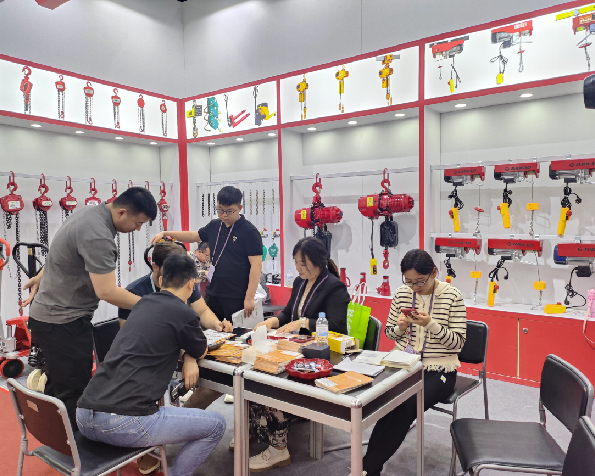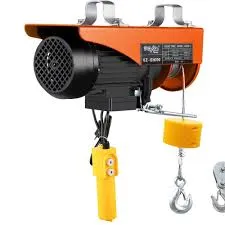In industrial and construction settings, the chain and block pulley stands as a vital piece of equipment, esteemed for its ability to efficiently lift and maneuver heavy loads. Unlike conventional lifting methods, this tool brings a blend of simplicity and strength, making it an indispensable asset in a variety of applications.

Chain and block pulleys rely on fundamental principles of physics to facilitate the lifting of weights that would otherwise be unmanageable. Comprising a combination of chains, pulleys,
and blocks, this system reduces the required manual effort through mechanical advantage. Typically, the device consists of a pulley with grooves—these are integral in holding the chain securely—and a block that houses a series of pulleys to amplify the lift capacity significantly.
A paramount feature of chain and block pulleys is their versatility. They are designed to operate in diverse environments, from warehouse settings to shipyards, and even in remote construction sites where power sources may be limited or unavailable. This flexibility is crucial, particularly when considering the unpredictable nature of many work environments. The minimal maintenance requirements further enhance their appeal, ensuring that the tool can be relied upon even in harsh conditions.

When it comes to the practical application, the chain and block pulley is renowned for its user-friendliness. The setup involves affixing the device to a stable overhead point, connecting the load to the hook, and then manually pulling the opposite end of the chain. This action is smooth and requires minimal physical strain, thanks to the mechanical advantage created by the system of pulleys within the block. Furthermore, the design inherently ensures safety; most models include a ratchet or brake mechanism that holds the load in place, minimizing the risk of slippage or accidents.
chain and block pulley
The durability of chain and block pulleys cannot be overstated. These devices are built to withstand substantial wear and tear, typically constructed from high-grade materials such as steel. This robust construction not only guarantees longevity but also reassures users of the equipment's reliability under varied load conditions. Regular inspections and proper lubrication are generally the only maintenance steps required to ensure optimal operation.
For those engaging in purchasing decisions, understanding the nuances of chain and block pulley specifications is crucial. Load capacity, lift height, and chain length are all critical factors to consider based on your specific operational requirements. The lifting capacity, often ranging from half a ton to several tons, dictates the scope of work the pulley can handle. Similarly, the length of chain and lift height must align with the spatial constraints of the work environment to ensure seamless operation.
Security is another area where chain and block pulleys excel. The heavy-duty construction, combined with secure locking mechanisms, provides exceptional stability during lifting tasks. This reliability not only enhances the safety parameters but also boosts productivity by allowing workers to focus on tasks without apprehension of equipment failure.
In summary, chain and block pulleys provide an exceptional blend of mechanical ingenuity and practical application, proving essential in various industries requiring reliable load management solutions. With attention to safety, durability, and efficiency, these devices are a testament to engineering excellence and remain a cornerstone in material handling equipment. Selecting the right chain and block pulley involves understanding specific operational needs, ensuring that the equipment enhances not only efficiency but also safety and workflow continuity on site.








